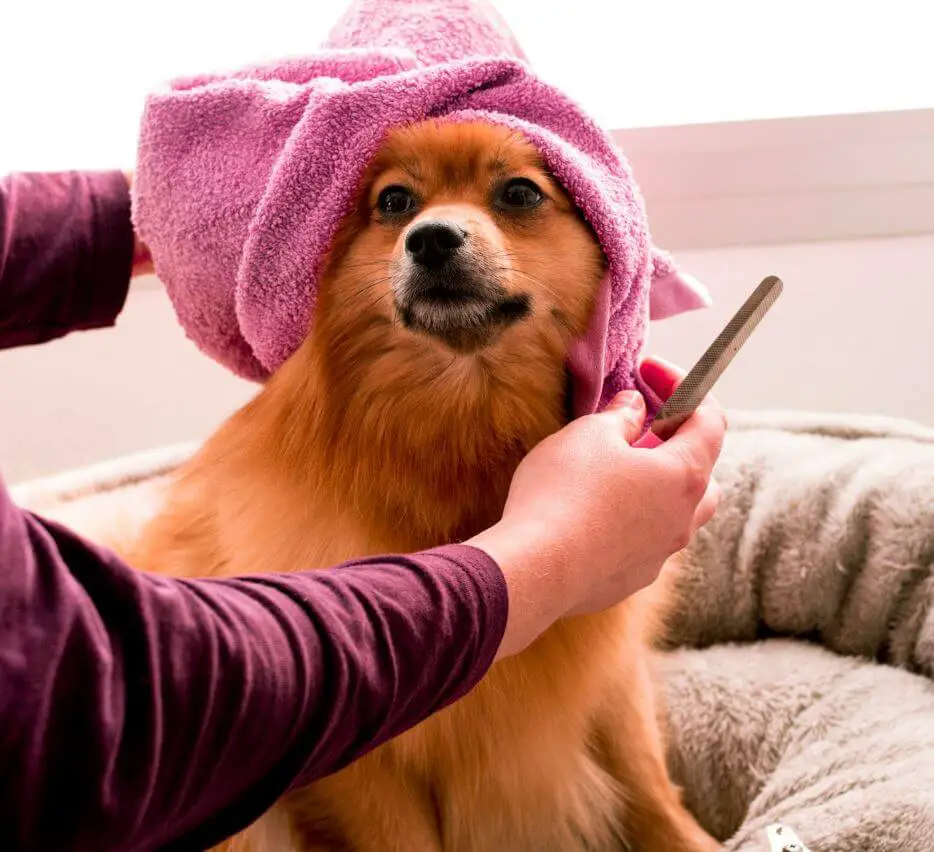In the realm of canine care, the olfactory senses often take center stage when determining whether it’s time for a bath. However, the absence of that telltale doggy odor isn’t the sole arbiter of cleanliness. A deeper dive into various factors reveals the importance of bathing beyond mere scent. Here’s a comprehensive breakdown to guide your decision-making process:

Factors Beyond Smell
- Skin and Coat Health: A dog’s skin and coat are not impervious to dirt, oils, and dead skin cells, even if they don’t emit a foul odor. Neglecting baths can pave the way for bacterial and fungal growth, potentially resulting in skin infections and irritation.
- Breed and Coat Type: Different breeds exhibit varying degrees of oiliness in their coats. While some, like Retrievers, may benefit from frequent baths to manage oil buildup, others, such as Greyhounds with drier coats, may require less frequent bathing.
- Activity Level: Dogs romping outdoors, frolicking in mud, or rolling in dirt are bound to accumulate grime that could irritate their skin. Thus, higher activity levels may necessitate more frequent baths to keep them clean and comfortable.
- Environmental Conditions: Dusty or humid environments can expedite the need for baths to prevent discomfort and maintain coat cleanliness.
Frequency of Baths
Determining the optimal frequency of baths involves a nuanced consideration of your dog’s breed, coat type, activity level, and environmental surroundings. Consulting with your veterinarian can provide invaluable insight into establishing a tailored bathing schedule that aligns with your pet’s individual needs and health requirements.
Alternatives to Frequent Baths
While baths are essential, they needn’t be the only method of maintaining your dog’s hygiene:
- Regular Brushing: Brushing your dog consistently helps remove loose hair, dirt, and debris, promoting a healthy coat and skin.
- Spot Cleaning: For localized dirt or mess, spot cleaning with a damp cloth and dog-friendly cleaning solution can suffice, sparing your pet from a full-blown bath.
Remember
The absence of odor doesn’t equate to cleanliness. Prioritize your dog’s overall well-being by adhering to a bathing routine tailored to their specific needs. Regular consultations with your veterinarian and diligent grooming practices are integral to fostering a healthy, comfortable life for your furry friend.
While the absence of odor might not mandate an immediate bath, it’s imperative to look beyond scent alone when assessing your dog’s hygiene needs. By considering various factors such as breed, activity level, and environmental conditions, you can formulate a bathing regimen that promotes optimal skin and coat health. Remember, a proactive approach to grooming and care is key to ensuring your canine companion’s well-being and happiness.
